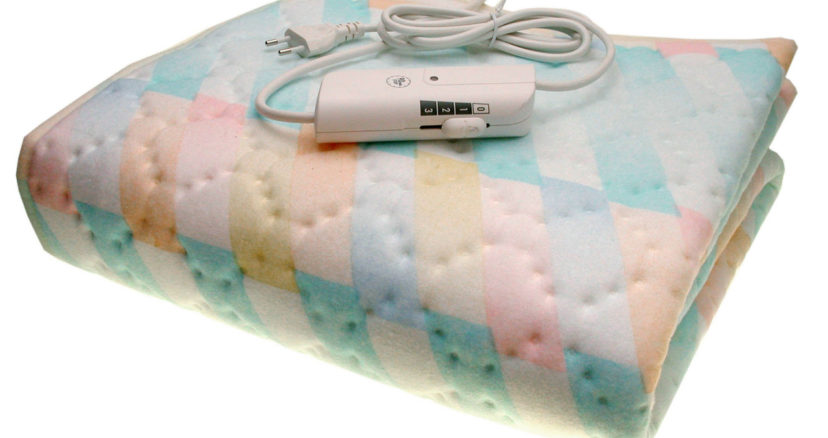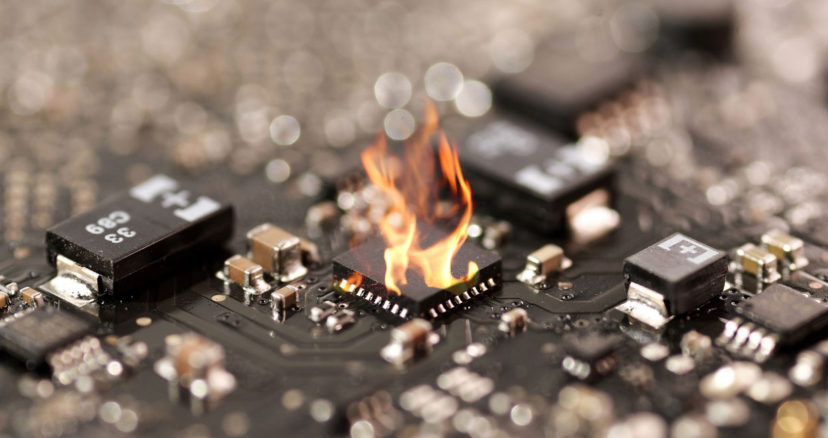
Ah, springtime in Wichita…flowers are blooming, the air is getting warmer and we’re all starting to emerge from hibernation—but it’s also when the weather is at its most unpredictable. Strong winds, lightning, hail, tornadoes and power outages are things we’re all too familiar with. Take steps now to protect your home during spring thunderstorms so you’ll be prepared when bad weather approaches.
Close Windows and Doors
Open windows, doors and garage doors can allow for a direct strike to enter a home, so make sure they are all closed when there’s lightning in the area. Once inside a structure, the dangerous current can travel through the electrical, phone, cable and plumbing systems, and through metal wires or bars in concrete walls or flooring.
Unplug Electronic Devices
Corded electronic devices are the leading cause of indoor lightning injuries in the United States. These include computers, game consoles and corded phones. Televisions, which connect to an outside cable or satellite system, can also cause injury. Your devices can also be affected by a lightning strike, leaving them inoperable.
Consider Whole House Surge Protection
When lightning strikes near a power line, it can cause a power surge, which is a spike in your home’s electrical current that can cause damage to your home and appliances. The best way to fully protect your home from lightning damage is to invest in whole house surge protection.
Whole house surge protection can protect against 40,000 amps of current flowing into your home from the outside. When a sudden surge occurs, the device detects the excess current and safely diverts it through the home’s grounding path. By pushing voltage towards the ground, whole house surge protection keeps your family and your home safe from incoming surges.
A whole house surge protection network includes three types of surge protective devices at three levels within the home to protect against voltage surges:
- Device surge protection devices are plugged into an outlet and are typically used with TVs, computers and appliances. These devices provide point-of-use protection.
- Panel surge protection devices are mounted to the load side of an electric panel and protect against residual lightning energy and other internally generated surges, such as those caused by off/on switching of pumps, motors and HVAC units.
- Meter surge protection devices are mounted on the line side of the main service entrance (between the utility pole and where your electricity enters your service panel). These devices protect against external surges caused by lightning or utility capacitor bank switching.
Install a Backup Generator
Power outages can leave your home without power for an undetermined amount of time. Not only will you and your family be left in the dark, important electrical appliances like the air conditioner and sump pump won’t work. During a heavy thunderstorm, this can lead to a wet basement even in homes that normally don’t flood. A backup generator will keep the power on so your home stays comfortable and dry, even during the worst storms.
A backup generator is a back-up electrical system that operates automatically. Within seconds of an outage, a switch senses the power loss, starts the generator and then transfers the electrical load to the generator. The standby generator begins supplying power to the circuits. After power returns, the automatic transfer switch transfers the electrical load back to the utility and turns the generator off.
If you are interested in protecting your home with whole house surge protection or a backup generator, contact the team at Graf Electric or call us at (316) 686-2090 for a free estimate.


